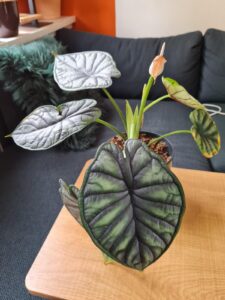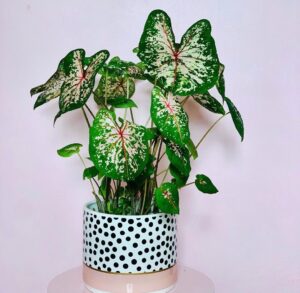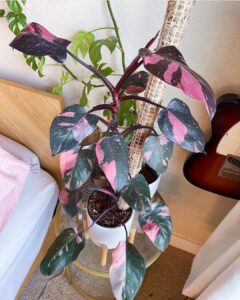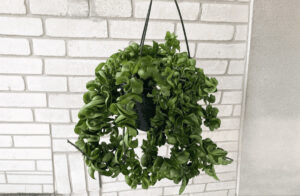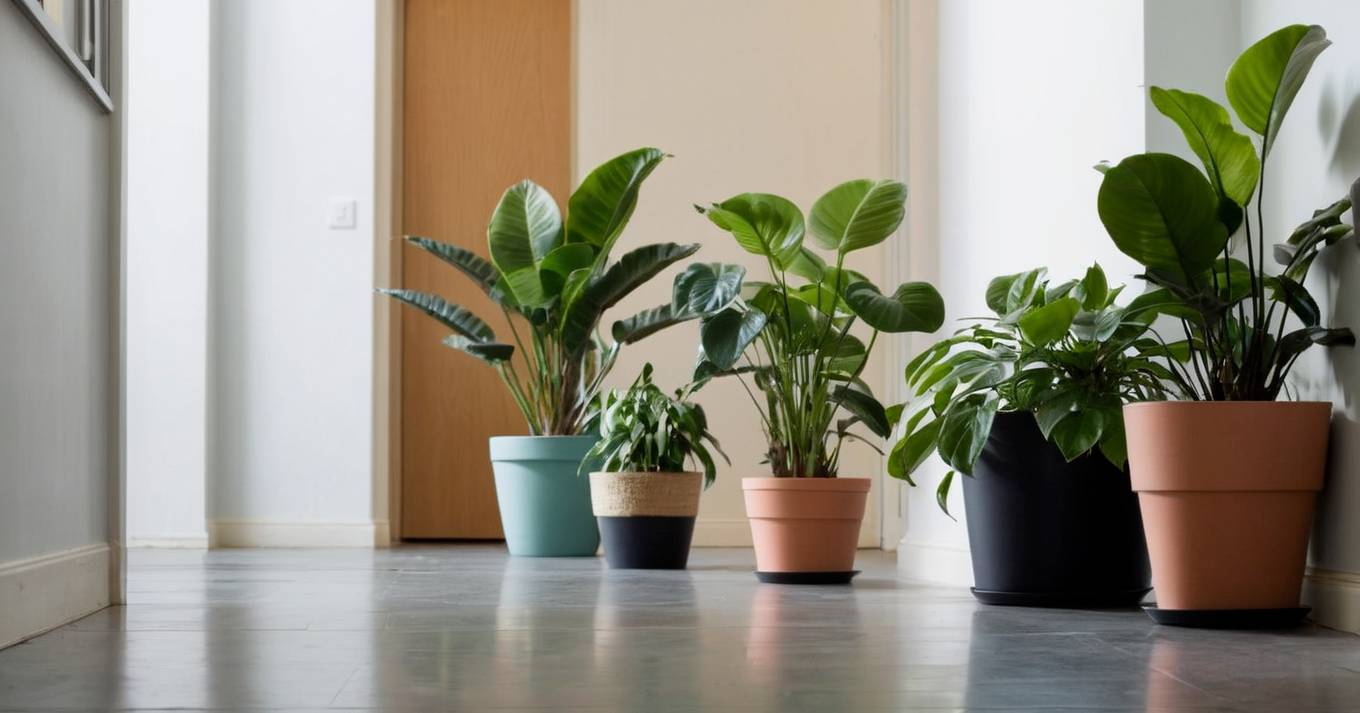
In 2024, houseplants have become a must-have for every home, providing not only a vibrant touch of nature but also numerous health benefits. With so many options available, choosing the perfect houseplant can be overwhelming. That’s why we’ve created this essential guide to help you navigate the world of indoor gardening and find the plant that best suits your lifestyle and space. Let’s dive in!
In this article
Why Houseplants are a Game-Changer
Houseplants have taken the world by storm, and for good reason. Beyond their aesthetic appeal, these leafy companions offer a multitude of benefits that make them a valuable addition to any home. Here are a few reasons why you should join the houseplant craze:
- Improved Air Quality: Many houseplants are natural air purifiers, removing harmful toxins and pollutants from the air we breathe.
- Stress Reduction: Caring for plants has been proven to have a calming effect and can help reduce stress and anxiety levels.
- Increased Productivity: Having plants in your workspace can boost your productivity and concentration levels.
- Aesthetic Appeal: Houseplants add a touch of nature and vibrancy to any space, instantly enhancing the overall ambiance.
Factors to Consider When Choosing Your Perfect Houseplant
Before you dive into the world of houseplants, it’s essential to consider a few key factors to ensure you select the right plant for your space and lifestyle. Here are some important considerations:
- Light Requirements: Different plants thrive in different light conditions. Assess the available light in your space and choose a plant that matches those conditions.
- Watering Needs: Some plants require frequent watering, while others are more drought-tolerant. Consider your lifestyle and how much time you’re willing to dedicate to watering.
- Size and Growth Habit: Think about the available space in your home and whether you want a plant that stays compact or one that can grow larger over time.
- Pet-Friendly: If you have furry friends at home, it’s crucial to choose non-toxic plants to ensure their safety.
Top Houseplant Picks for 2024
Now that you understand the factors to consider, let’s dive into some of the top houseplant picks for 2024. These plants have been carefully selected for their beauty, ease of care, and ability to thrive indoors.
Snake Plant
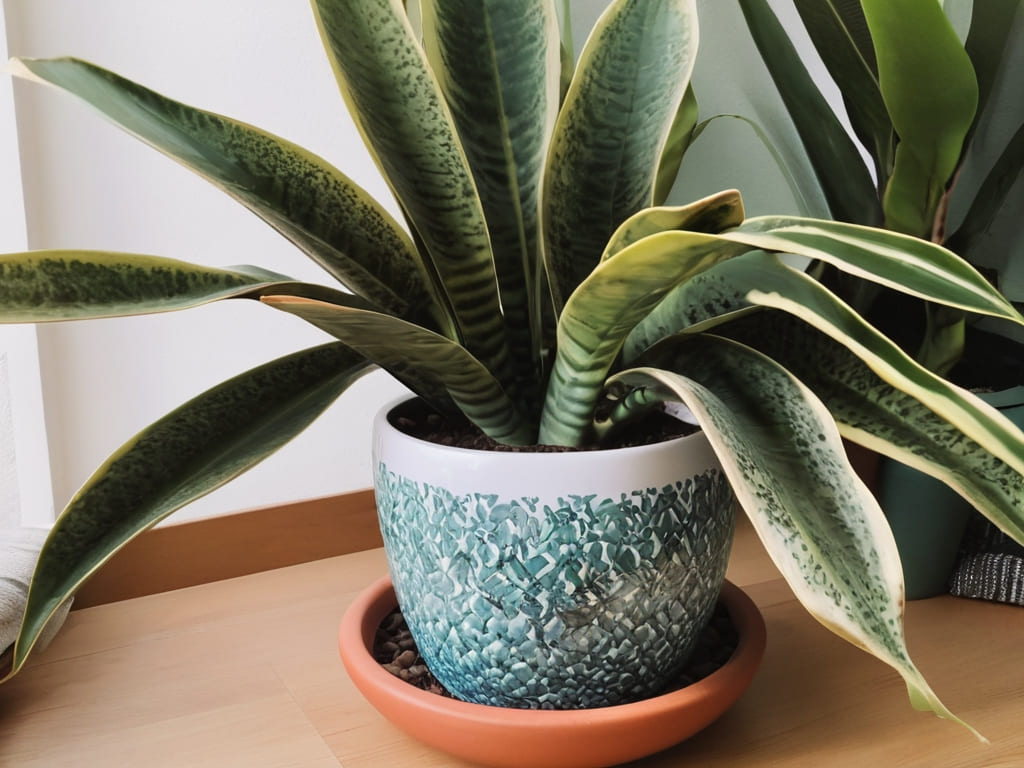
The Snake Plant (Sansevieria) is a true gem for both beginners and experienced plant enthusiasts. Known for its tall, striking leaves and incredible resilience, this plant is virtually indestructible. It thrives in low-light conditions and can tolerate periods of neglect, making it an excellent choice for busy individuals or those with less-than-ideal lighting situations.
- Light Requirements: Snake plants are incredibly tolerant of a wide range of light conditions, thriving in both bright, indirect light and low-light environments. They can even tolerate direct sunlight, making them highly versatile.
- Humidity Requirements: Snake plants are well-adapted to dry indoor environments and can tolerate low humidity levels without issue.
- Watering Requirements: Snake plants are drought-tolerant and prefer their soil to dry out slightly between waterings. Water thoroughly, but allow the top few inches of soil to dry out before watering again. Overwatering can lead to root rot, so err on the side of underwatering.
- Fertilizing Requirements: Snake plants have modest fertilizer needs. Apply a balanced, water-soluble fertilizer diluted to half-strength every 6-8 weeks during the growing season (spring and summer).
Pothos
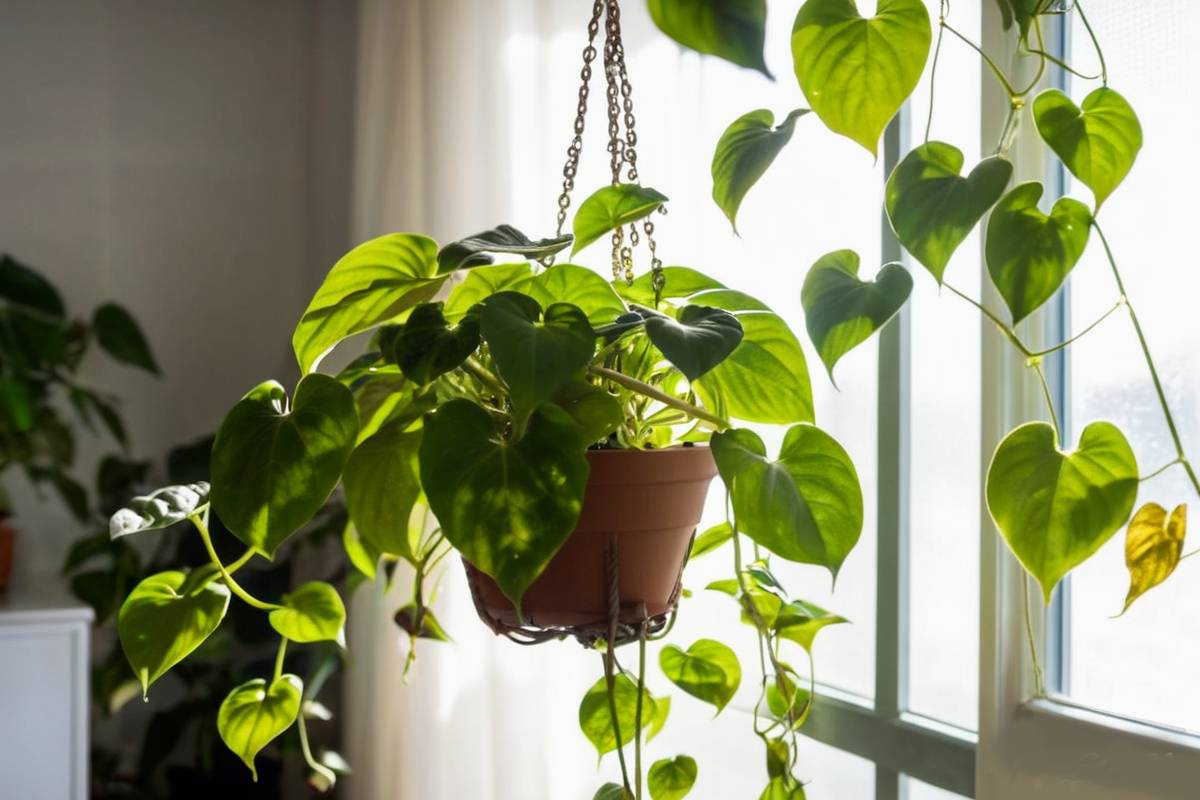
The Pothos (Epipremnum aureum), with its vibrant green leaves and trailing vines, is a beautiful and versatile addition to any home. It’s an excellent choice for those seeking a low-maintenance plant that can thrive in various light conditions. Pothos are also known for their air-purifying abilities, making them a practical choice for improving indoor air quality.
- Light Requirements: Pothos plants prefer bright, indirect light but can adapt to lower light conditions as well. However, they may produce fewer variegated leaves in low light.
- Humidity Requirements: Pothos plants are quite tolerant of average household humidity levels, but they will appreciate slightly higher humidity if possible.
- Watering Requirements: Pothos plants prefer their soil to dry out slightly between waterings. Check the soil moisture by sticking your finger into the potting mix, and water when the top inch or two feels dry. Avoid letting the plant sit in standing water.
- Fertilizing Requirements: Feed your Pothos plant with a balanced, liquid fertilizer every 4-6 weeks during the growing season. Dilute the fertilizer to half-strength for optimal results.
ZZ Plant
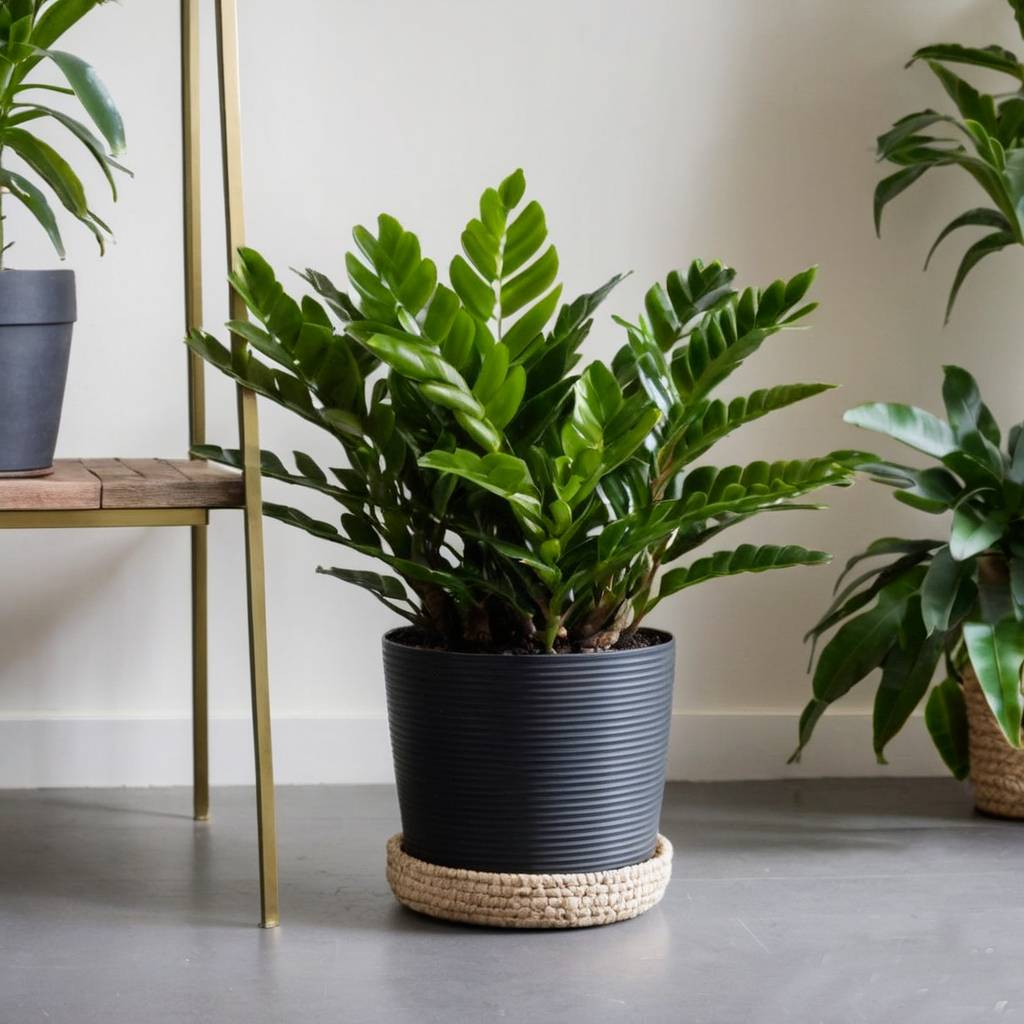
The ZZ Plant (Zamioculcas zamiifolia) is a true survivor in the world of houseplants. With its glossy, dark green leaves and ability to tolerate low-light conditions and infrequent watering, it’s the perfect choice for those with a busy lifestyle or forgetful tendencies. This plant is virtually indestructible, making it an excellent option for both novice and experienced plant enthusiasts.
- Light Requirements: ZZ plants can thrive in a wide range of light conditions, from bright, indirect light to low-light environments, making them highly adaptable.
- Humidity Requirements: ZZ plants are well-suited to average household humidity levels and can tolerate dry indoor air without issue.
- Watering Requirements: ZZ plants are highly drought-tolerant and prefer their soil to dry out almost completely between waterings. Water thoroughly, but allow the top few inches of soil to dry out before watering again. Overwatering can lead to root rot.
- Fertilizing Requirements: ZZ plants have modest fertilizer needs. Apply a balanced, water-soluble fertilizer diluted to half-strength every 6-8 weeks during the growing season.
Rubber Plant
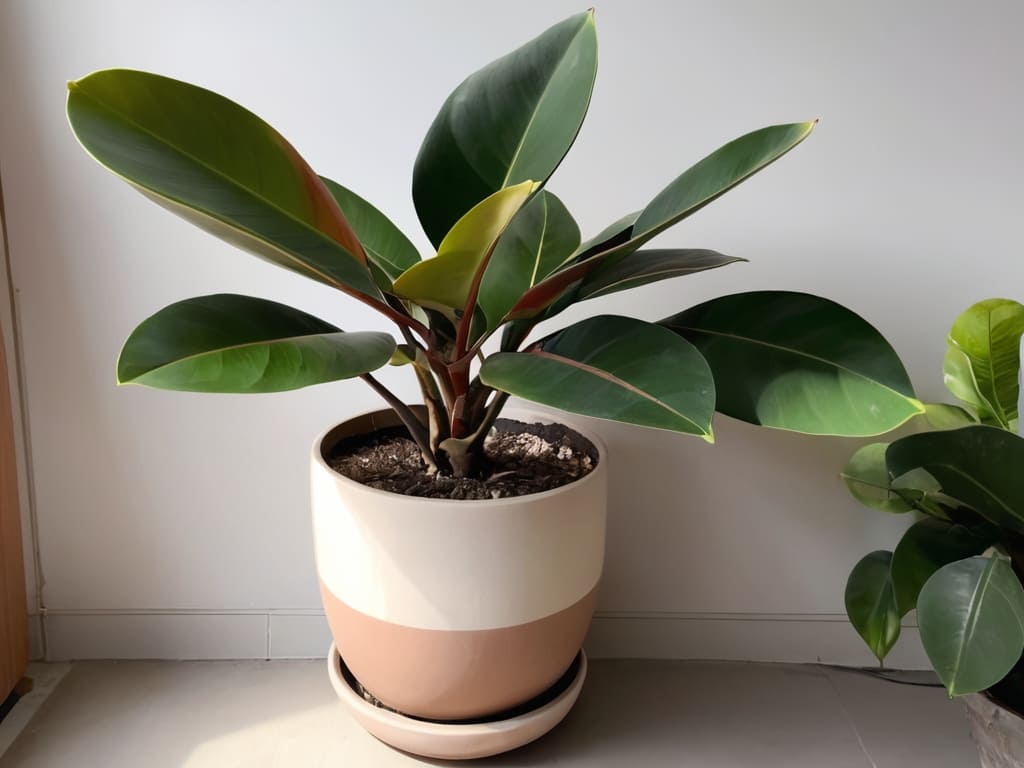
The Rubber Plant (Ficus elastica) is a stunning addition to any space, with its large, glossy leaves and upright growth habit. This plant is known for its air-purifying abilities and can help create a calming, peaceful atmosphere in your home. While it requires slightly more care than some other options, the Rubber Plant is well worth the effort for its striking appearance.
- Light Requirements: Rubber plants prefer bright, indirect light but can tolerate slightly lower light conditions as well. Avoid direct sunlight, as it can scorch their leaves.
- Humidity Requirements: Rubber plants appreciate higher humidity levels, around 40-50% relative humidity. Consider using a humidity tray or misting the plant regularly to maintain appropriate humidity levels.
- Watering Requirements: Rubber plants prefer their soil to dry out slightly between waterings. Check the soil moisture by sticking your finger into the potting mix, and water when the top inch or two feels dry. Avoid letting the plant sit in standing water.
- Fertilizing Requirements: Feed your Rubber Plant with a balanced, liquid fertilizer every 4-6 weeks during the growing season. Dilute the fertilizer to half-strength for optimal results.
Prayer Plant

The Prayer Plant (Maranta leuconeura) is a true showstopper with its vibrant, patterned leaves and unique ability to fold its leaves upwards at night, as if in prayer. This plant adds a touch of whimsy and wonder to any space and is sure to be a conversation starter. While it requires slightly more attention than some other options, the Prayer Plant’s unique beauty makes it well worth the effort.
- Light Requirements: Prayer plants thrive in bright, indirect light but should be protected from direct sunlight, which can cause their leaves to fade or burn.
- Humidity Requirements: Prayer plants prefer higher humidity levels, ideally around 50-60% relative humidity. Misting the plant regularly or using a humidifier can help maintain suitable humidity levels.
- Watering Requirements: Prayer plants prefer their soil to remain consistently moist, but not waterlogged. Check the soil moisture regularly and water when the top inch or two feels dry. Avoid letting the plant sit in standing water.
- Fertilizing Requirements: Feed your Prayer Plant with a balanced, liquid fertilizer every 4-6 weeks during the growing season. Dilute the fertilizer to half-strength for optimal results.
Care Tips for a Thriving Indoor Garden
Once you’ve selected your perfect houseplant, it’s essential to provide it with the proper care to ensure it thrives. Here are some general care tips to keep in mind:
- Watering: Develop a consistent watering schedule and always check the soil moisture before watering. Overwatering is a common issue that can lead to root rot and other problems.
- Light: Pay attention to the light requirements of your plant and adjust its placement accordingly. Rotate your plant regularly to ensure even growth.
- Humidity: Some plants prefer higher humidity levels, which can be achieved by misting or using a humidifier.
- Fertilizing: Provide your plants with a balanced fertilizer during the growing season to promote healthy growth.
- Pruning: Regular pruning can help encourage new growth and maintain your plant’s shape.
Houseplants offer a delightful way to bring nature into your home while providing numerous benefits for your well-being.
YOU MIGHT ALSO LIKE: The Best Indoor Plant for Every Zodiac Sign
Happy gardening!


